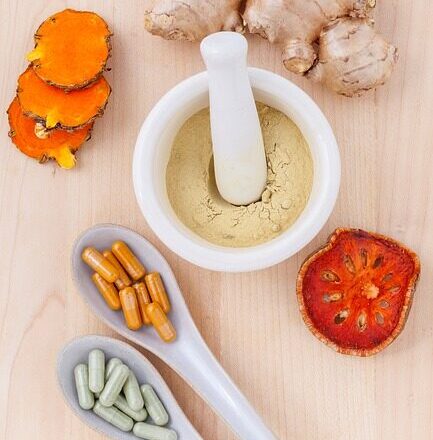Insulin Resistance
Insulin resistance is a prevalent metabolic disorder that has the potential to pave the path for type 2 diabetes if left untreated. According to a recent study, one in four adults living in the United States develop insulin resistance.
You might be wondering, what exactly is insulin resistance and how can it be reversed?
Read on to learn more about this topic and factors that can improve insulin sensitivity.
The Role of Insulin
Before we dive deep into the topic of insulin resistance, it is crucial to understand how your body regulates blood sugar levels.
It all begins when you take a bit of your grandma’s famous apple pie, where each bite gets broken down into sugar molecules called glucose. These molecules travel down into your blood with the goal of reaching your cells. To help this process, your pancreas releases a hormone called insulin.
Insulin transports the glucose from your blood into your cells, where it can be used for energy and lower your levels of sugar (glucose) in your blood.

What is Insulin Resistance?
Insulin resistance is a condition in which the cells in your body become less responsive to the effects of insulin. As a result, the pancreas tries to compensate by increasing its insulin production. However, despite the increased insulin levels, the cells still struggle to effectively take it up.
If you continue to consume high sugar foods and maintain unhealthy habits, your pancreas may eventually exhaust itself and stop producing insulin. The decline in insulin secretion can lead to elevated blood sugar levels and the development of type 2 diabetes.
Insulin Resistance can also lead to several other conditions including:
- Obesity
- Cardiovascular disease
- Nonalcoholic fatty liver disease
- Metabolic syndrome
- Polycystic Ovary Syndrome
- For more information on how insulin sensitivity can cause PCOS, see the blog post about it here.
How to Reverse Insulin Resistance?
To reverse insulin resistance and improve your body’s sensitivity to insulin, read on.
The first step is establishing a regular exercise routine that will get you moving throughout the week. Exercise plays a crucial role in lowering blood sugar levels because it activates the transport of glucose.
A study conducted in 2016 goes into extensive detail on the different types of exercises and their significant impact in increasing insulin sensitivity. For example, incorporating aerobic exercise for 30 minutes a day, 3-5 days per week is associated with improved insulin sensitivity.

The next step involves making changes to your dietary habits.
Avoid processed, refined foods with added sugar.
This is mainly found in cakes, cookies, ice-cream, and fried foods. These types of foods have high glycemic loads, meaning they cause rapid spikes in blood sugar levels. Refer to my blog on sweeteners to learn all about added sugars, including artificial sweeteners.
Instead, focus on whole foods like fruits, vegetables, high fiber carbohydrates like beans and legumes, healthy fats, and lean proteins. These natural foods cause lower spikes in blood sugar levels, and are packed with vitamins, minerals..
Fiber is a key nutrient for balancing blood sugar as it slows down digestion and the absorption of glucose, preventing spikes in blood sugar. It also keeps you full for longer, decreases overeating, deters cravings, and improves gut health.
Some foods that have high amounts of fiber include:
- Beans
- Lentils
- Nuts
- Seeds
- Oatmeal
- Fruits
- Veggies
- Quinoa
By following these recommendations, you can improve your body’s response to insulin and promote better blood sugar control.
Summary:
- Establish a consistent exercise routine that suits your lifestyle.
- Avoid consuming processed and refined foods that contain added sugars.
- Focus on incorporating whole foods, such as fruits and vegetables, into your diet.
- Increase your intake of dietary fiber to support better blood sugar control and overall health.






